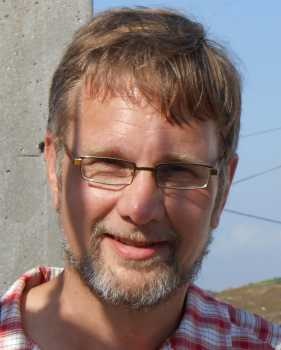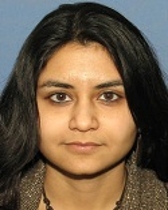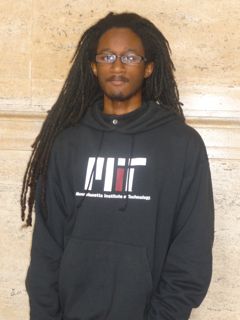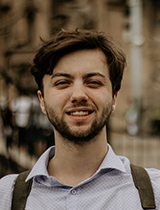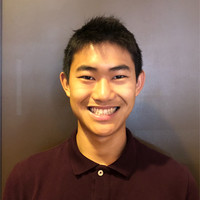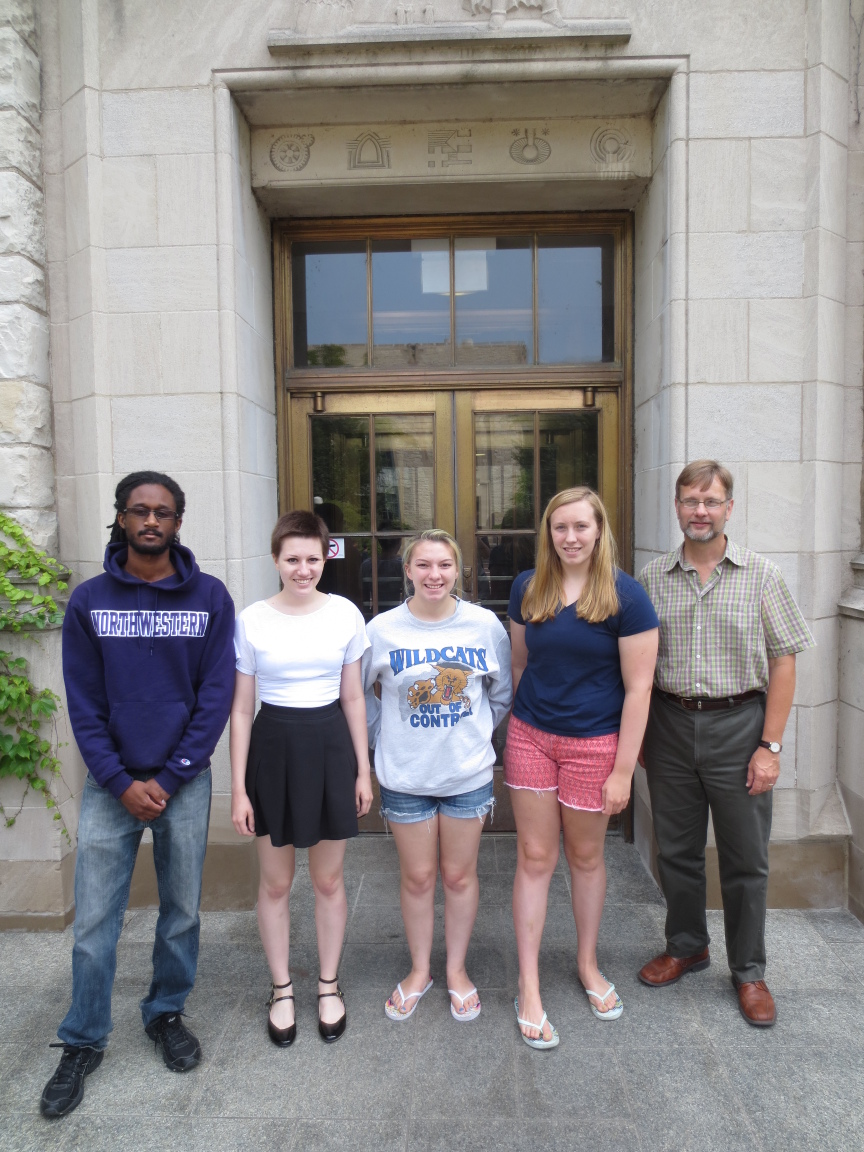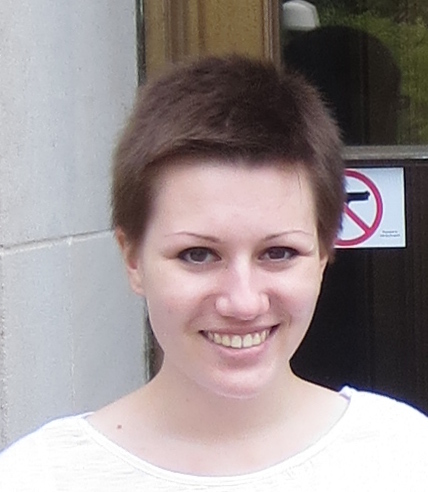 |
J. Lovelace Rainbolt |
| Pre-doctoral Student (2017-2019) |
|
Lacey worked on a precise measurement of the branching fraction for
Z boson decays to four leptons. Previously, she worked on separating
WW and ttbar events using a random forest classifier, and she wrote a paper
about how Minimal Spanning Trees might be used in particle physics, when
she was an undergraduate at Northwestern. She is now a graduate student
at the University of Chicago.
|
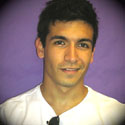 |
Brian Pollack |
| Postdoc (2015-2019) |
|
Brian worked on Mu2e. His main project was to provide an accurate
map of the magnetic field based on Hall probe measurements. He also has
studied the background rate for pions that scatter through wide angles
in the stopping target. He authored a paper on the use of Bayesian Blocks
in high energy physics. He is now working on data analytics at the
University of Pittsburgh.
|
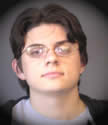 |
Nick Mucia |
| Graduate student (2008-2016) |
|
Nick got his Ph.D. with CMS data, in 2016 on the
Search for flavor-violating decays of the Z boson.
He is currently the lead Data Scientist for CVS Health.
|
 |
Giancarlo Jusino |
| Undergraduate Student |
|
Giancarlo helped develop the mathematical basis for the magnetic
field maps that we will provide for Mu2e. He is now a graduate student
in the Physics PhD program, planning to study particle physics theory.
|
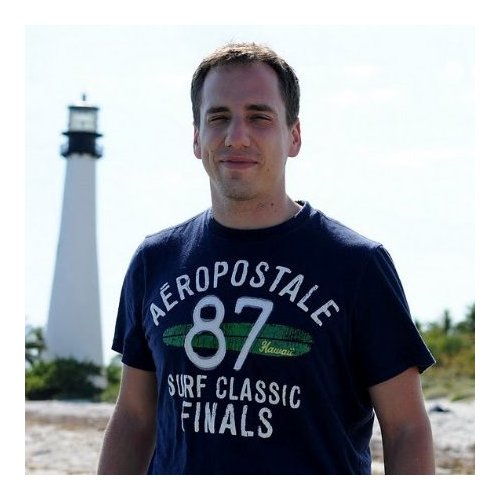 |
Andy Kubik |
| Graduate Student (2005-2015) |
|
Andy got his Ph.D. thesis with CMS data, in 2015:
A Study of Final-State Radiation in Z Decays.
He is now a post-doc at Texas A&M working with Rupak Mahapatra on Super-CDMS.
|
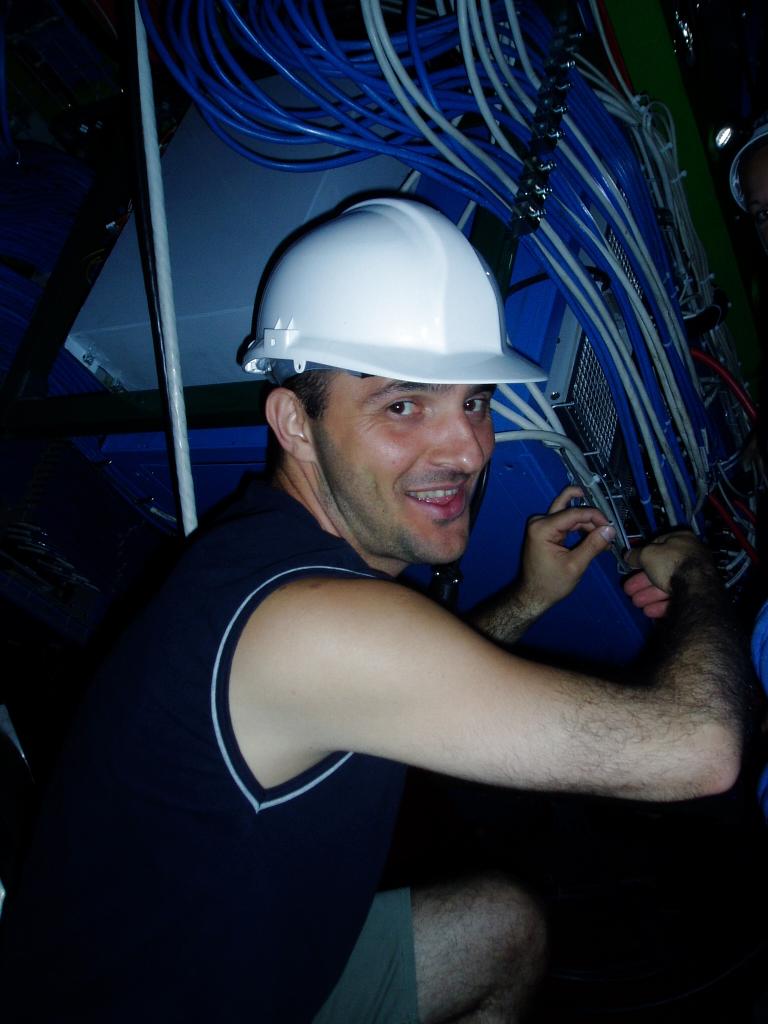 |
Stoyan Stoynev |
| Post-doctoral Researcher (2006-2015) |
|
Stoyan worked on the CMS CSC detector writing much of the reconstruction code.
He also played a central role in measuring the differential Drell-Yan cross sections
and in the search for rare decays of the Higgs boson (under Prof. Mayda Velasco).
He is currently at staff scientist at Fermilab.
|
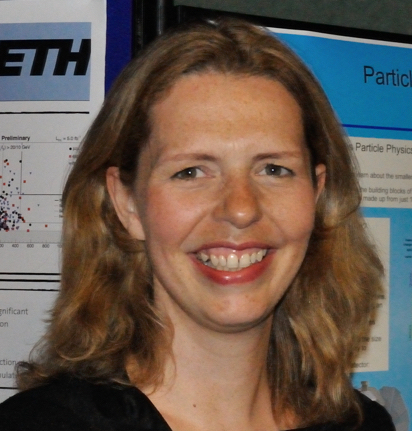 |
Victoria Martin |
| Post-doctoral Researcher (2001-2006) |
|
Victoria worked on CDF and CMS as well as studies of a future gamma-gamma collider.
She is a full professor at the University of Edinburgh.
|
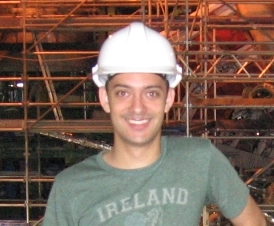 |
Yonatan Kahn |
| Undergraduate student |
|
Yoni produced a number of interesting results while an undergraduate at Northwestern.
He also produced the well-known review book for the Physics GRE.
He is now an assistant professor.
|
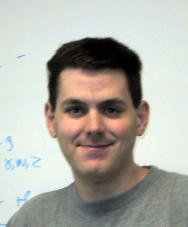 |
Dale Stentz |
| Graduate Student (2002-2011) |
|
Dale got his Ph.D. thesis with CDF data, in 2011
on the measurement of jet multiplicities for
events with W and Z bosons. He was also a research associate
for one year (2011-2012).
He was one of CDF's true muon detector experts
especially for the CMX muon detector system.
|
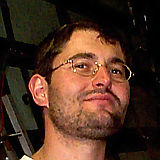 |
Abraham Gallas |
| Post-doctoral Researcher (2000-2004) |
|
Abraham worked mainly on the CDF muon systems. He was an expert for the CMX subsystem.
He is currently a scientist at the Universidade de Santiago de Compostela in Spain.
|
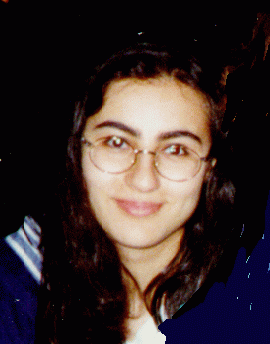 |
Muge Karagoz |
| Graduate Student (2001-2006) |
|
Muge got her Ph.D. thesis with CDF data, in 2006
on the search for Z' resonances decaying to muon pairs.
Muge is currently a research associate on the ATLAS Collaboration.
|
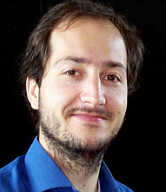 |
Tommaso Dorigo |
| Post-doctoral Researcher (1998-2000) |
|
Tommaso was a postdoc on the CDF experiment where he was excellent at both hardware
and physics analysis.
He is currently a professor at the University of Padova.
|
